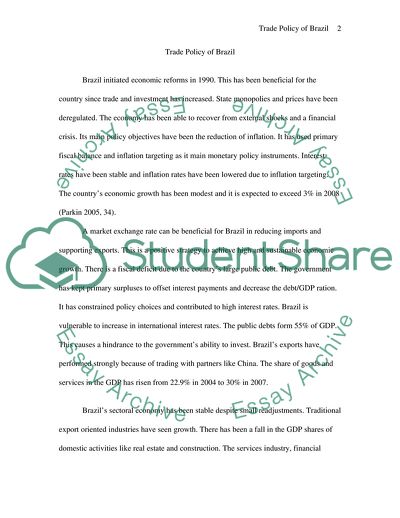Cite this document
(Trade Policy of Brazil Case Study Example | Topics and Well Written Essays - 1750 words - 2, n.d.)
Trade Policy of Brazil Case Study Example | Topics and Well Written Essays - 1750 words - 2. Retrieved from https://studentshare.org/macro-microeconomics/1710941-international-economics
Trade Policy of Brazil Case Study Example | Topics and Well Written Essays - 1750 words - 2. Retrieved from https://studentshare.org/macro-microeconomics/1710941-international-economics
(Trade Policy of Brazil Case Study Example | Topics and Well Written Essays - 1750 Words - 2)
Trade Policy of Brazil Case Study Example | Topics and Well Written Essays - 1750 Words - 2. https://studentshare.org/macro-microeconomics/1710941-international-economics.
Trade Policy of Brazil Case Study Example | Topics and Well Written Essays - 1750 Words - 2. https://studentshare.org/macro-microeconomics/1710941-international-economics.
“Trade Policy of Brazil Case Study Example | Topics and Well Written Essays - 1750 Words - 2”. https://studentshare.org/macro-microeconomics/1710941-international-economics.


